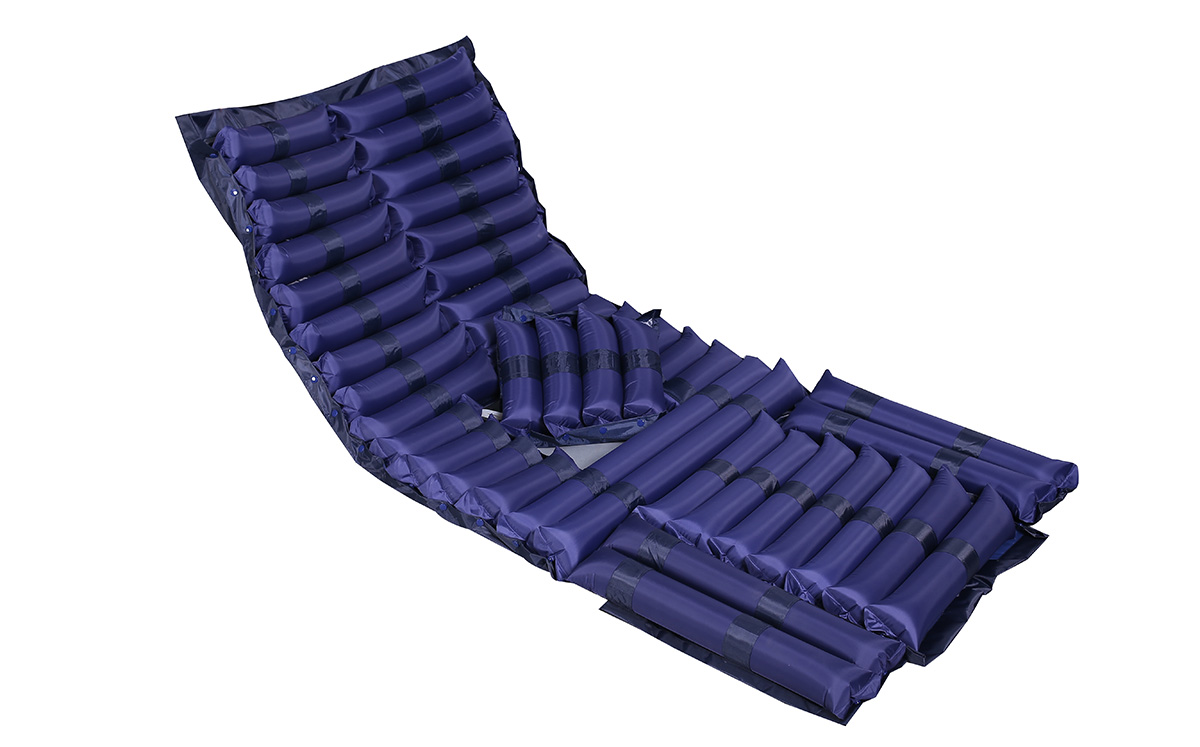Welcome to our websites!
Innovative Solutions for Enhanced Rehabilitation through Advanced Equipment and Technology
The Importance of Rehabilitation Equipment in Physical Recovery
Rehabilitation plays a crucial role in helping individuals regain their strength, mobility, and independence after an injury, surgery, or illness. One key component of successful rehabilitation is the use of specialized equipment designed to enhance recovery. From simple tools to advanced technological devices, rehab equipment can greatly influence the effectiveness of therapy and the overall outcome for patients. In this article, we will explore the types of rehabilitation equipment, their benefits, and the role they play in physical recovery.
Types of Rehabilitation Equipment
Rehabilitation equipment can be categorized into several types, each serving a unique purpose in the recovery process.
1. Mobility Aids These include walkers, crutches, and canes, which assist individuals in moving safely and effectively as they regain their strength. Mobility aids not only help prevent falls but also encourage patients to engage in regular movement, which is essential for recovery.
2. Strength Training Equipment Resistance bands, dumbbells, and weight machines are commonly used in rehabilitation to help patients rebuild muscle strength. Strength training is vital after an injury, as it facilitates recovery by promoting muscle healing and restoring function.
3. Therapeutic Devices This category encompasses tools like foam rollers, massage balls, and thermotherapy equipment (such as heating pads and ice packs). These devices aid in reducing pain and inflammation, improving circulation, and enhancing flexibility, all of which are critical for optimal recovery.
4. Cardiovascular Equipment Treadmills, stationary bikes, and elliptical machines can be beneficial for regaining cardiovascular health after an injury or surgery. They help improve endurance and promote overall fitness, which contributes to a quicker and more effective rehabilitation process.
5. Advanced Rehabilitation Technology Innovations in technology have led to the development of sophisticated rehab devices, such as robotic exoskeletons and virtual reality systems. These advanced tools provide interactive and engaging rehabilitation experiences, enabling patients to practice movements in a controlled environment, leading to improved outcomes.
rehab equipment

Benefits of Rehabilitation Equipment
The use of appropriate rehabilitation equipment offers several benefits that enhance the recovery process
1. Increased Effectiveness of Therapy Specialized equipment enables therapists to tailor rehabilitation programs to individual needs. By using the right tools, clinicians can monitor progress, adjust exercises, and provide immediate feedback to patients, leading to faster and more effective recovery.
2. Enhanced Safety Rehab equipment is designed to support patients during their recovery efforts, minimizing the risk of falls and injuries. This safety aspect encourages patients to push their limits without the constant fear of exacerbating their condition.
3. Improved Motivation and Engagement Engaging with specialized rehab equipment can make the recovery process more enjoyable. Patients are often more motivated to participate in their rehabilitation when they can see tangible progress, which is facilitated through the structured use of equipment.
4. Greater Independence The ultimate goal of rehabilitation is to help individuals regain their independence. By using rehab equipment, patients can learn to perform daily activities and movements safely, allowing them to return to their normal lives more quickly.
Conclusion
In conclusion, rehabilitation equipment is an essential component of the recovery process for individuals dealing with injuries, surgical recovery, or illness. With a wide range of tools available, from basic mobility aids to advanced technological devices, rehabilitation can be more effective, safer, and engaging. As patients progress through their recovery journey, the right equipment can empower them to regain strength, function, and ultimately, independence. It is important for patients and caregivers to work closely with healthcare professionals to identify the most suitable rehabilitation equipment, as this can significantly enhance the rehabilitation experience and outcomes. Investing in proper rehab equipment is not just a step in the healing process; it is a substantial investment in a healthier and more independent future.
-
Transforming Healthcare with Hospital FurnitureNewsJun.24,2025
-
Rehabilitation EquipmentNewsJun.24,2025
-
Mobility and Independence with WheelchairsNewsJun.24,2025
-
Freedom of Mobility with Our Rollator WalkersNewsJun.24,2025
-
Comfort and Independence with Commode ChairsNewsJun.24,2025
-
Bathing Safety and Independence with Shower ChairsNewsJun.24,2025
-
Navigating the Wholesale Landscape of Electric Mobility Solutions: Key Considerations for Power Wheelchair DealersNewsJun.10,2025











